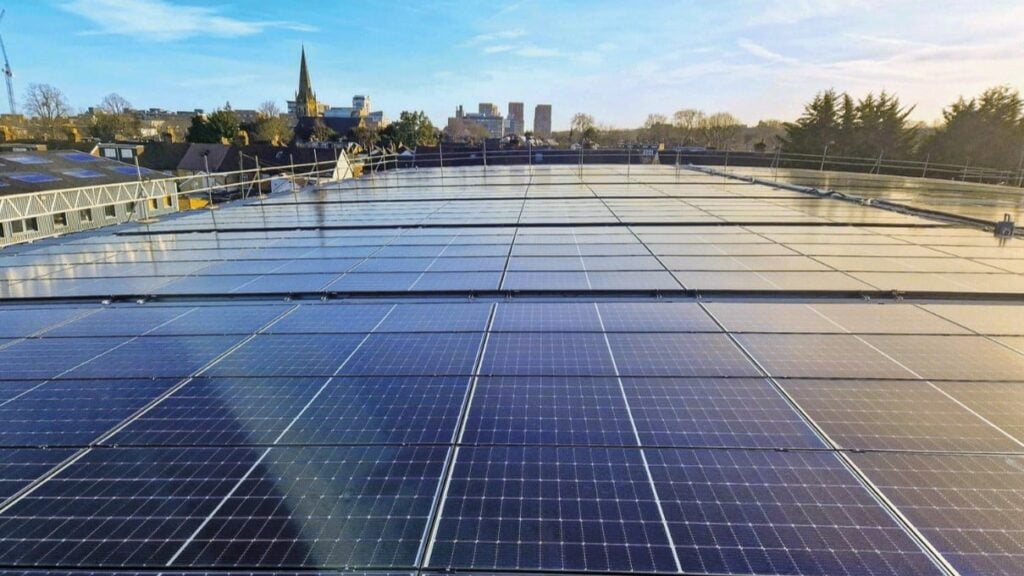UK renewables’ 3.9% capacity growth mostly from solar
 Natural gas production dropped by 18% and petroleum production by 9%, marking a record low. Image: iomart.
Natural gas production dropped by 18% and petroleum production by 9%, marking a record low. Image: iomart.
A total of 2.1GW new renewable generation capacity came online in the year to June 2024, representing a 3.9% increase over the last year, according to data published by the Department of Energy Security and Net Zero (DESNZ).
DESNZ’s report on energy trends in the UK for the second quarter of 2024 shows that between April and June this year the UK’s renewable electricity generation reached a record share of the energy mix, up by 19% on the same period last year to ac for 51.6% of total electricity generation. This was the third consecutive quarter that saw renewables’ electricity share increase, having hit 50.4% in Q4 2023 and 51.1% in Q1 2024.
Natural gas production dropped by 18% and petroleum production by 9%, marking a record low. Fossil fuels’ share of the electricity mix was just 26.6%. With the UK’s last coal power plant due to close on 30 September, overall coal production was down 84% on the second quarter of 2023.
Overall, the UK’s electricity generation hit a record low at 63.4TWh, down 4% on last year, with electricity generated from gas power dropping by 37% to a record low of 16TWh, behind that generated by wind power which was 17TWh.
Whilst the volume of renewable electricity did not reach the high of 40TWh in Q4 2023, at 33TWh it was the highest Q2 on record. This is largely attributed to favourable weather conditions; hydro generation increased due to higher average rainfall, while solar PV generation decreased due to lower sun hours.
A total of 2.1GW new renewable generation capacity came online since Q2 2023, representing a 3.9% increase over the last year, of which around two-thirds was solar and one-third wind. This increase brings the UK’s total renewables capacity, according to government data collected from energy companies, to 57.5GW.
During this period, the share of new capacity across technologies has also shifted: in 2022, over two-thirds of added capacity was in offshore wind, but by the first two quarters of 2024, solar PV represented over 80% of added capacity, with offshore wind’s share at just 6.3%.
Despite that increased solar capacity, solar generation saw a 9.5% decrease in electricity generation. This was due to average sun hours being around 20% down on last year.
For wind, onshore generation increased by 42% to 7.3TWh, the highest recorded figure for this time of year, and offshore increased by 13% to 9.7TWh.
This content was collected from the Internet. If you want to it, please contact grace solar management.